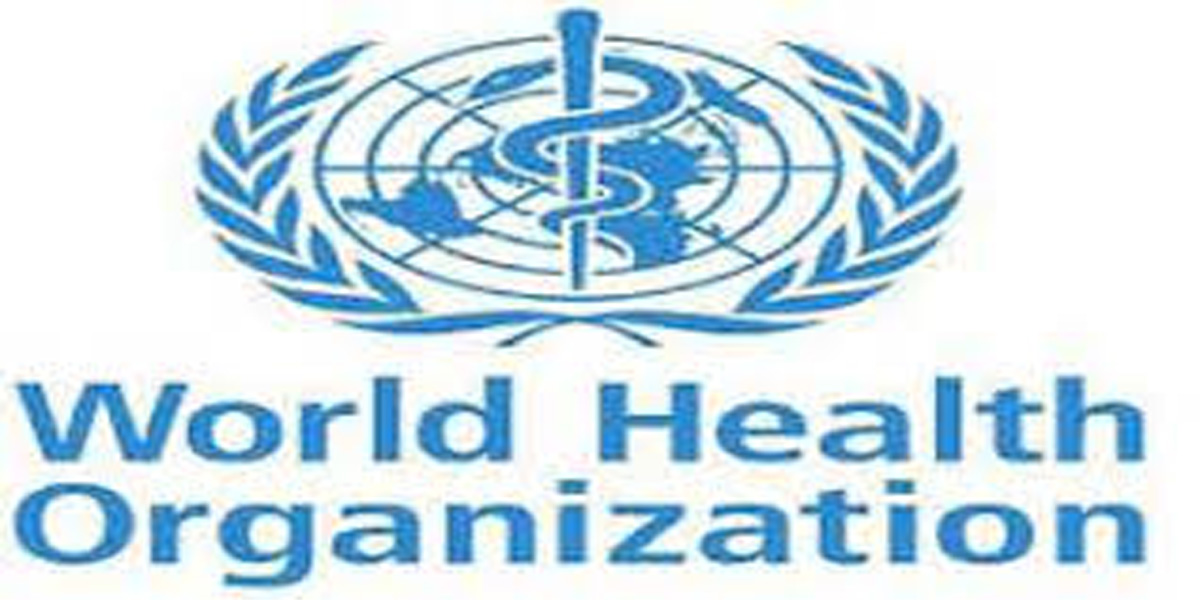GENEVA, May 7: The World Health Organization (WHO) has released details of its strategy to prevent and control snakebite envenoming, a neglected tropical disease that affects 1.8?2.7 million people each year, claiming 81 000?138 000 lives and causing 400 000 cases of
permanent disability.
The aim of the strategy is to halve the numbers of deaths and cases of disability due to snakebite envenoming over the next 12 years through a programme that targets affected communities and their health systems, and by ensuring access to safe, effective treatment through increased cooperation, collaboration and partnership at all levels.
The strategy was developed by a 28-member panel of global experts in consultation with WHO regional offices, the scientific and research community, health foundations, advocacy groups and stakeholders.
Given the importance of prevention, improved community education and empowerment and effective first response, the strategy commits to engaging communities to achieve these goals.
In parallel, WHO will work with countries to strengthen health systems towards achieving the Sustainable development goals and its related targets including improving health and well-being and reducing inequity.
A central objective will be the need to ensure access to safe, effective and affordable treatment such as antivenoms and ancillary medical care. Improved and strengthened production, supply and
distribution of life-saving antivenoms and other commodities needed to treat snakebites will be prioritized.
WHO will also work to encourage research on new treatments, diagnostics and health device breakthroughs that can improve treatment outcomes for victims and hasten recovery.
The strategy ?Snakebite envenoming: a strategy for prevention and control ? will be launched at a meeting hosted by the governments of the Republic of Costa Rica and the Federal Republic of Nigeria on May 23 here.
Bites by venomous snakes can cause acute medical emergencies involving severe paralysis that may prevent breathing, cause bleeding disorders that can lead to fatal haemorrhage, cause irreversible kidney failure and severe local tissue destruction that can cause permanent disability and limb amputation.
Children may suffer more severe effects, and can experience the effects more quickly than adults due to their smaller body mass.
In contrast to many other serious health conditions, a highly effective treatment exists. Most deaths and serious consequences from snake bites are entirely preventable by making safe and effective
antivenoms more widely available and accessible.
High quality snake antivenoms are the only effective treatment to prevent or reverse most of the venomous effects of snake bites. They are included in the WHO List of essential medicines and should be part of any primary health care package where snake bites occur.
A significant challenge in manufacturing of antivenoms is the preparation of the correct immunogens (snake venoms).
At present very few countries have capacity to produce snake venoms of adequate quality for antivenom manufacture, and many manufacturers rely on common commercial sources. These may not properly reflect the geographical variation that occurs in the venoms of some widespread species.
In addition, lack of regulatory capacity for the control of antivenoms in countries with significant snake bite problems results in an inability to assess the quality and appropriateness of the antivenoms.
A combination of factors has led to the present crisis. Poor data on the number and type of snake bites have led to difficulty in estimating needs, and deficient distribution policies have further
contributed to manufacturers reducing or stopping production or increasing the prices of antivenoms.
Poor regulation and the marketing of inappropriate or poor quality antivenoms has also resulted in a loss of confidence in some of the available antivenoms by clinicians, health managers, and patients,
which has further eroded demand.
Given low demand, several manufacturers have ceased production, and the price of some antivenom products have dramatically increased in the last 20 years, making treatment unaffordable for the majority of those who need it.
Rising prices also further suppress demand, to the extent that antivenom availability has declined significantly or even disappeared in some areas. The entry into some markets of inappropriate, untested, or even fake antivenom products has also undermined confidence in antivenom therapy generally.
Many believe that unless strong and decisive action is taken quickly, antivenom supply failure is imminent in Africa and in some countries in Asia.
WHO will work closely with a range of partners to ensure the successful implementation of the road map which focuses on activities in countries and regions where snakebite envenoming occurs, supported by technical units from WHO.
WHO urges regulators, producers, researchers, clinicians, national and regional health authorities, and international and community organizations to work together to improve the availability
of reliable epidemiological data on snake bites, the regulatory control of antivenoms and their distribution policie (UNI)


